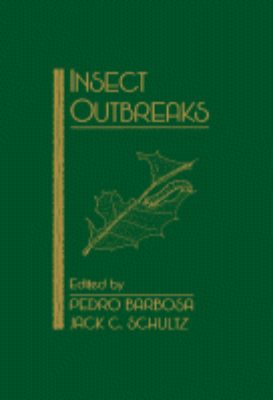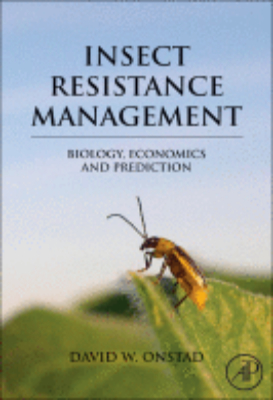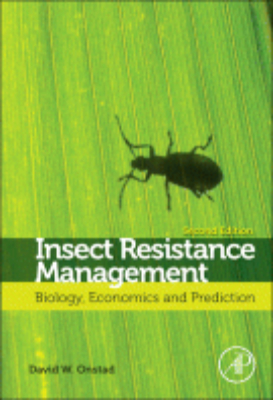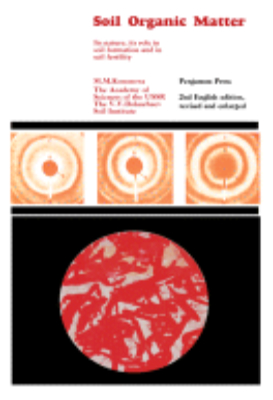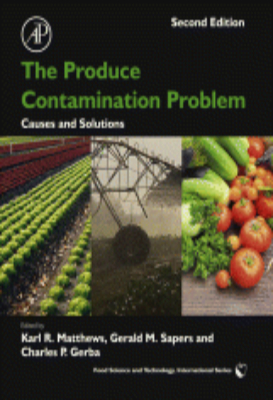Small Animal Cardiology
“A clinically focused quick reference guide to the more common cardiovascular disorders of the dog and cat. Written in a user-friendly format, this handbook allows readers to quickly pinpoint the information they need in the clinic. Key Features. Pocket-sized for go-anywhere, easy access.. Information is at the reader’s fingertips in an easy-to-use outline format.. Focuses on the most common cardiovascular diseases of the dog and cat.. Puts drug information at the reader’s fingertips with a handy drug index.. Text is enhanced with a number of charts, diagrams, and flowcharts to provide instant access to information at a glance.. Provides appendices on commonly used drugs, sedation protocols, and predisposition of breeds to various cardiovascular disease.. Authored by an expert in the field of small animal cardiology.”
| Publication Language |
English |
|---|---|
| Publication Access Type |
Premium |
| Publication Author |
* |
| Publisher |
Elsevier |
| Publication Year |
* |
| Publication Type |
ebooks |
| ISBN/ISSN |
* |
| Publication Category |
Animal Science |
Kindly Login to ICAR Digital Library Portal.






